Studies using mouse models of lung adenocarcinoma identify an association between age, iron homeostasis and tumour initiation potential that involves NUPR1 and lipocalin-2.
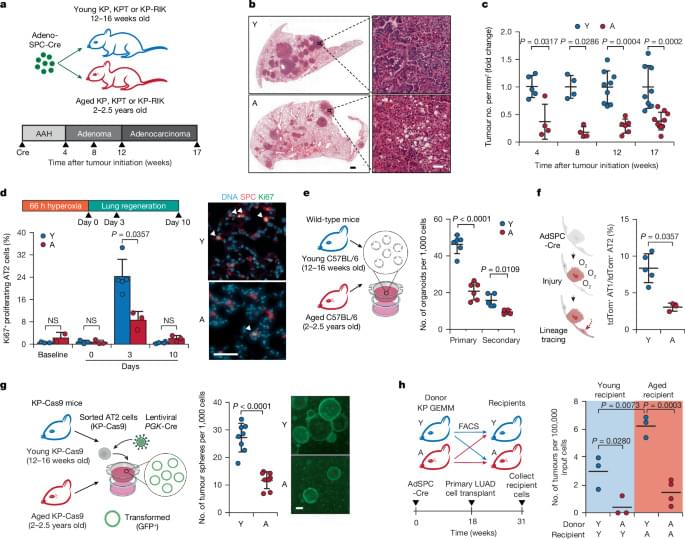

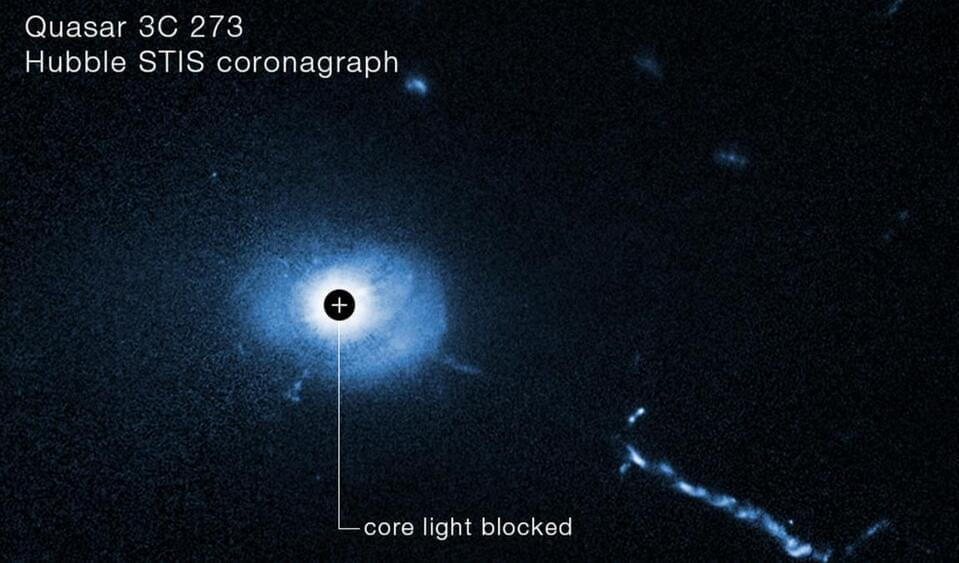
With the imaging spectrograph blocking out the bright light from the region at the heart of the quasar, Hubble was able to see the structure around the black hole like never before.
Bin Ren of the Côte d’Azur Observatory and Université Côte d’Azur in France explained in a NASA statement that Hubble found lots of “weird things” around the feeding supermassive black hole powering 3C 273.
“We’ve got a few blobs of different sizes and a mysterious L-shaped filamentary structure,” Ren said. “This is all within 16,000 light-years of the black hole.”
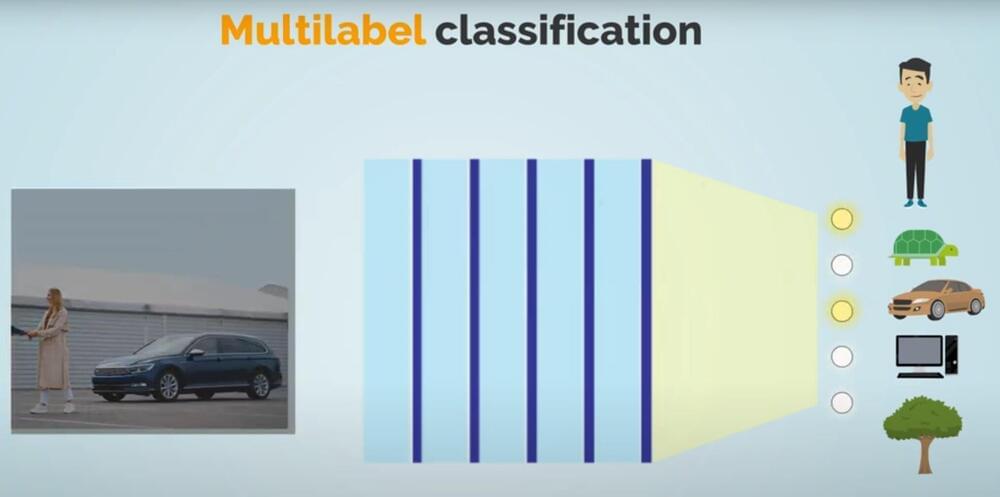
Image classification is one of AI’s most common tasks, where a system is required to recognize an object from a given image. Yet real life requires us to recognize not a single standalone object but rather multiple objects appearing together in a given image.
This reality raises the question: what is the best strategy to tackle multi-object classification? The common approach is to detect each object individually and then classify them. But new research challenges this customary approach to multi-object classification tasks.
In an article published today in Physica A: Statistical Mechanics and its Applications, researchers from Bar-Ilan University in Israel show how classifying objects together, through a process known as Multi-Label Classification (MLC), can surpass the common detection-based classification.
Even matter ejected by black holes can run into objects in the dark. Using NASA’s Chandra X-ray Observatory, astronomers have found an unusual mark from a giant black hole’s powerful jet striking an unidentified object in its path.
The discovery was made in a galaxy called Centaurus A (Cen A), located about 12 million light-years from Earth. Astronomers have long studied Cen A because it has a supermassive black hole in its center sending out spectacular jets that stretch out across the entire galaxy. The black hole launches this jet of high-energy particles not from inside the black hole, but from intense gravitational and magnetic fields around it.
The image shows low-energy X-rays seen by Chandra represented in pink, medium-energy X-rays in purple, and the highest-energy X-rays in blue.
This discrepancy, known as the Hubble Tension, has challenged our understanding of the universe’s fundamental nature.
Now, new observations from the powerful James Webb Space Telescope (JWST) has deepened this perplexing enigma.
JWST measured the distances between stars and galaxies, which confirmed earlier measurements made by the Hubble Space Telescope.
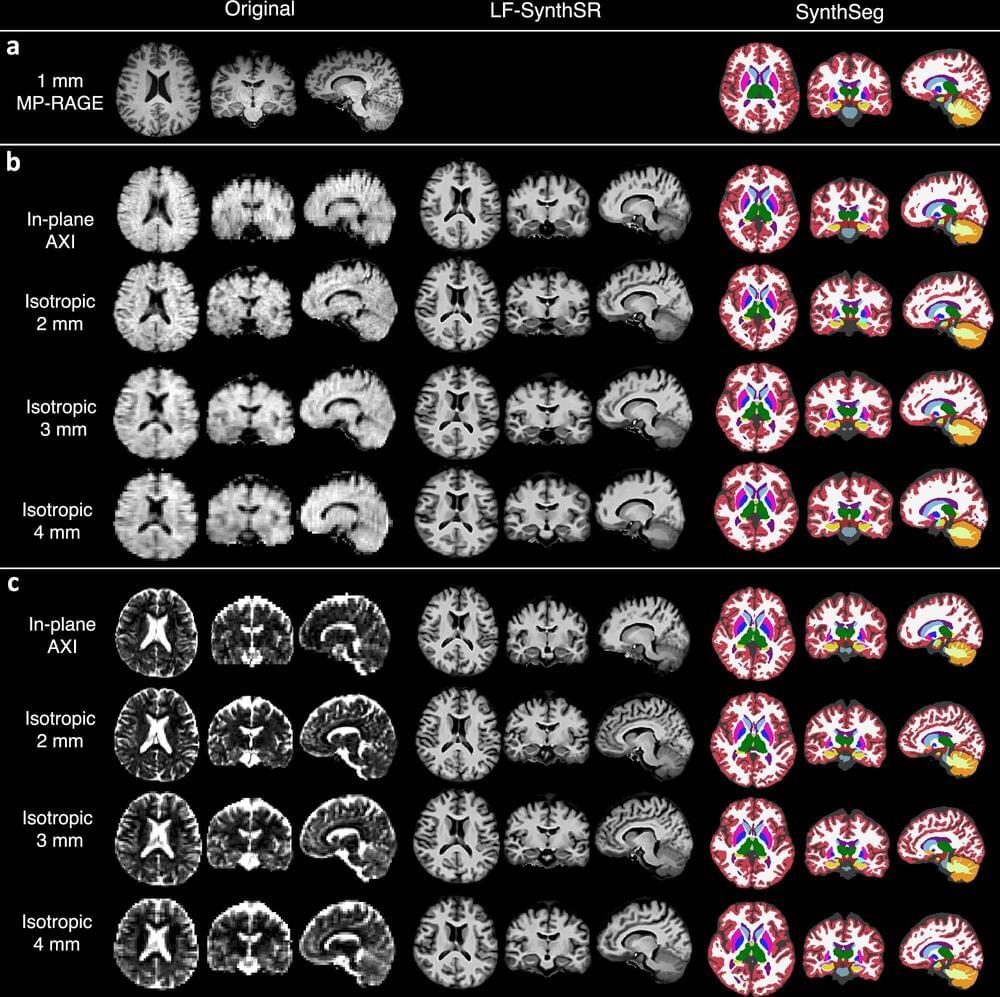
Globally, approximately 139 million people are expected to have Alzheimer’s disease (AD) by 2050. Magnetic resonance imaging (MRI) is an important tool for identifying changes in brain structure that precede cognitive decline and progression with disease; however, its cost limits widespread use.
A new study by investigators from Massachusetts General Hospital (MGH), a founding member of the Mass General Brigham health care system, demonstrates that a simplified, low magnetic field (LF) MRI machine, augmented with machine learning tools, matches conventional MRI in measuring brain characteristics relevant to AD. Findings, published in Nature Communications, highlight the potential of the LF-MRI to help evaluate those with cognitive symptoms.
“To tackle the growing, global health challenge of dementia and cognitive impairment in the aging population, we’re going to need simple, bedside tools that can help determine patients’ underlying causes of cognitive impairment and inform treatment,” said senior author W. Taylor Kimberly, MD, Ph.D., chief of the Division of Neurocritical Care in the Department of Neurology at MGH.
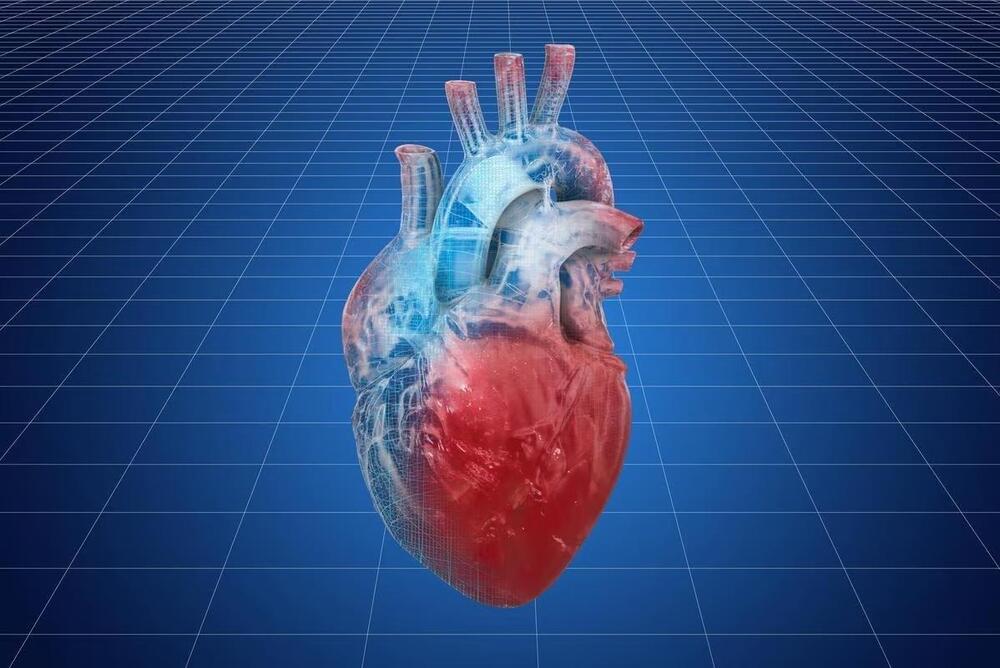
Failing hearts nearly returned to full function in laboratory pigs after they received an experimental gene therapy.
New research shows the gene therapy didn’t just prevent heart failure from worsening in four lab pigs, but actually prompted hearts to repair and grow stronger.
“Even though the animals are still facing stress on the heart to induce heart failure, we saw recovery of heart function and that the heart also stabilizes or shrinks,” said co-senior researcher Dr. TingTing Hong, an associate professor of pharmacology and toxicology at the University of Utah.
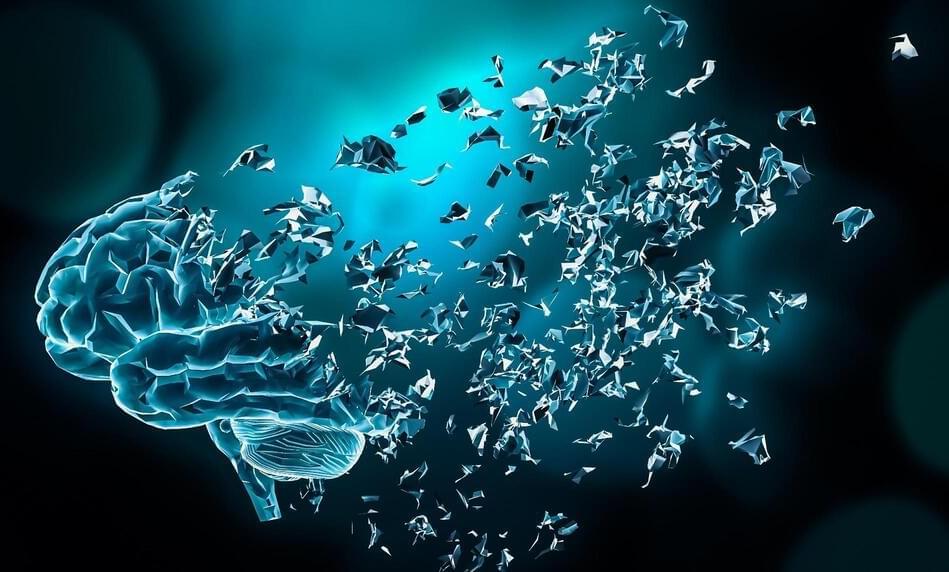
In a recent study published in the journal Nature Aging, researchers identified plasma proteomic biomarkers and dynamic changes associated with brain aging, leveraging a multimodal approach combining brain age gap (BAG) and proteome-wide association analysis.
Background
The global aging population is expected to exceed 1.5 billion individuals aged 65 and above by 2050, highlighting the urgent need to address aging-associated challenges.
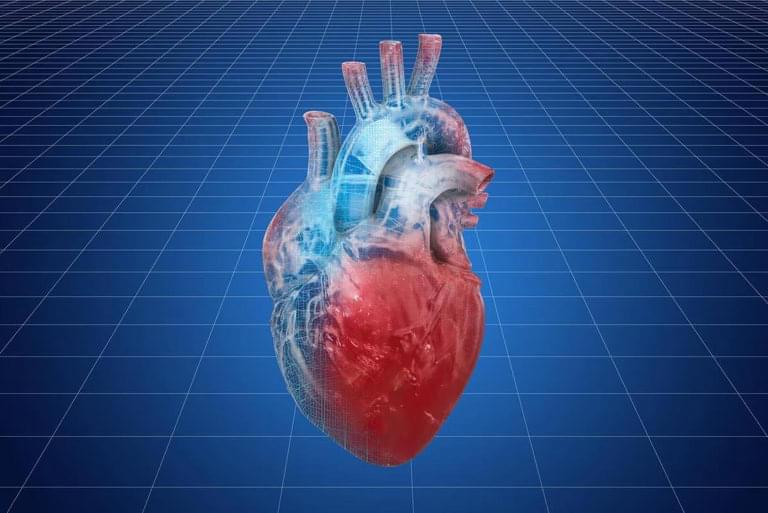
Achieving the aggregation of different mutation types at multiple genomic loci and generating transgene-free plants in the T0 generation is an important goal in crop breeding. Although prime editing (PE), as the latest precise gene editing technology, can achieve any type of base substitution and small insertions or deletions, there are significant differences in efficiency between different editing sites, making it a major challenge to aggregate multiple mutation types within the same plant.
Recently, a collaborative research team led by Li Jiayang from the Institute of Genetics and Developmental Biology (IGDB) of the Chinese Academy of Science, developed a multiplex gene editing tool named the Cas9-PE system, capable of simultaneously achieving precise editing and site-specific random mutagenesis in rice.
By co-editing the ALSS627I gene to confer resistance to the herbicide bispyribac-sodium (BS) as a selection marker, and using Agrobacterium-mediated transient transformation, the researchers also achieved transgene-free gene editing in the T0 generation.
Neutrino astronomy enters a new era as ARCA tracks an ultra-high-energy particle, potentially the most powerful ever.
The ARCA observatory detects potentially the most energetic neutrino, opening new frontiers in neutrino astronomy and cosmic event studies.